What is hibiscus flower?
The hibiscus is a large five-petaled flower, native to tropical and subtropical regions around the world. The beautiful hibiscus flowers are usually white, but the hibiscus buds or calyx are deep red. These buds are harvested and dried to make hibiscus tea.
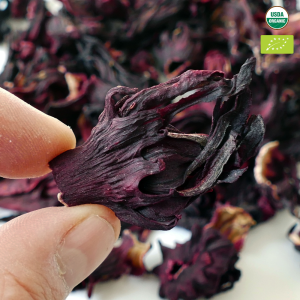
The use of hibiscus dates back to ancient times when the Egyptians believed that the flower could reduce fever and treat other ailments. Hibiscus is also used in traditional Chinese medicine. Most of the hibiscus tea in the world comes from China and Thailand.
How to make hibiscus tea
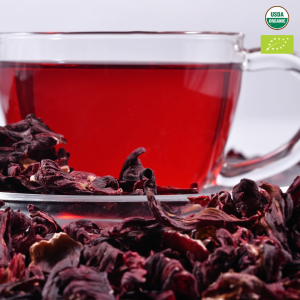
Place a hibiscus tea bag or tea infuser containing about one to two teaspoons of loose tea leaves into the teacup.
Heat the water to 93-100º C or 200-212º F. If you don’t have a thermostatic teapot, bring the water to a boil and let it sit for a minute to let the temperature drop slightly.
Pour 236 ml of water on the tea bag
Let the tea leaves steep for as long as possible. Some drinkers prefer a lighter tea, so just steeping for two minutes is enough. Soaking for 3-5 minutes will make a stronger cup of tea. Longer steeping can produce a bitter tea.
Remove the tea bag or tea infuser from the cup before drinking.
Hibiscus tea has a naturally sour taste, so some people like to add simple syrup or another sweetener, like sugar or honey, to the tea.
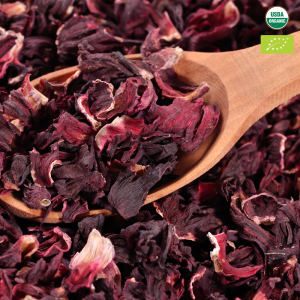
Caffeine content in hibiscus tea
Hibiscus tea is an herbal tea, so it doesn’t contain any caffeine. It is a suitable alternative for those who want a hot drink without any caffeine. It, unlike other black or green teas, contains about 35-90 milligrams of caffeine per cup.
Meanwhile, a cup of black coffee has about 100-150 milligrams per cup. That said, the method of making tea and coffee will determine the amount of caffeine. The stronger the beer, the more caffeine in the drink.
Health benefits of hibiscus tea
Hibiscus tea is often served as a caffeine-free hot beverage or iced tea. Here are some of the health benefits associated with drinking hibiscus tea.
1. May Lower Blood Pressure
Hibiscus tea has been shown to reduce blood pressure levels in some studies. In a small study of 65 participants, adults with high blood pressure who drank three 236-milliliter cups of hibiscus tea daily for six weeks saw their overall blood pressure drop.
A meta-analysis of randomized controlled trials also concluded that drinking hibiscus tea can reduce systolic and diastolic blood pressure.
2. May promote blood sugar control
One study of 100 people with type 2 diabetes asked participants to drink 450ml of green tea or hibiscus tea for 4 weeks. The results showed a positive effect on insulin resistance and certain blood lipids in people with type 2 diabetes. 
3. Can Lower Cholesterol
The same study that measured insulin levels also found that drinking hibiscus tea for four weeks reduced LDL (“bad”) cholesterol and raised HDL (“good”) cholesterol.
4. May reduce inflammation
A study of 54 male soccer players found that consuming hibiscus extract can reduce oxidative stress, a marker of inflammation in athletes.
The study did not directly look at the effects of drinking hibiscus tea, so more research is needed on its use.
5. May assist in hydration
While there aren’t any studies on hibiscus tea and hydration, it’s still safe to assume that the beverage may play a role in hydration.
A 236 ml cup of hibiscus tea without sugar or caffeine provides enough hydration and digestion.

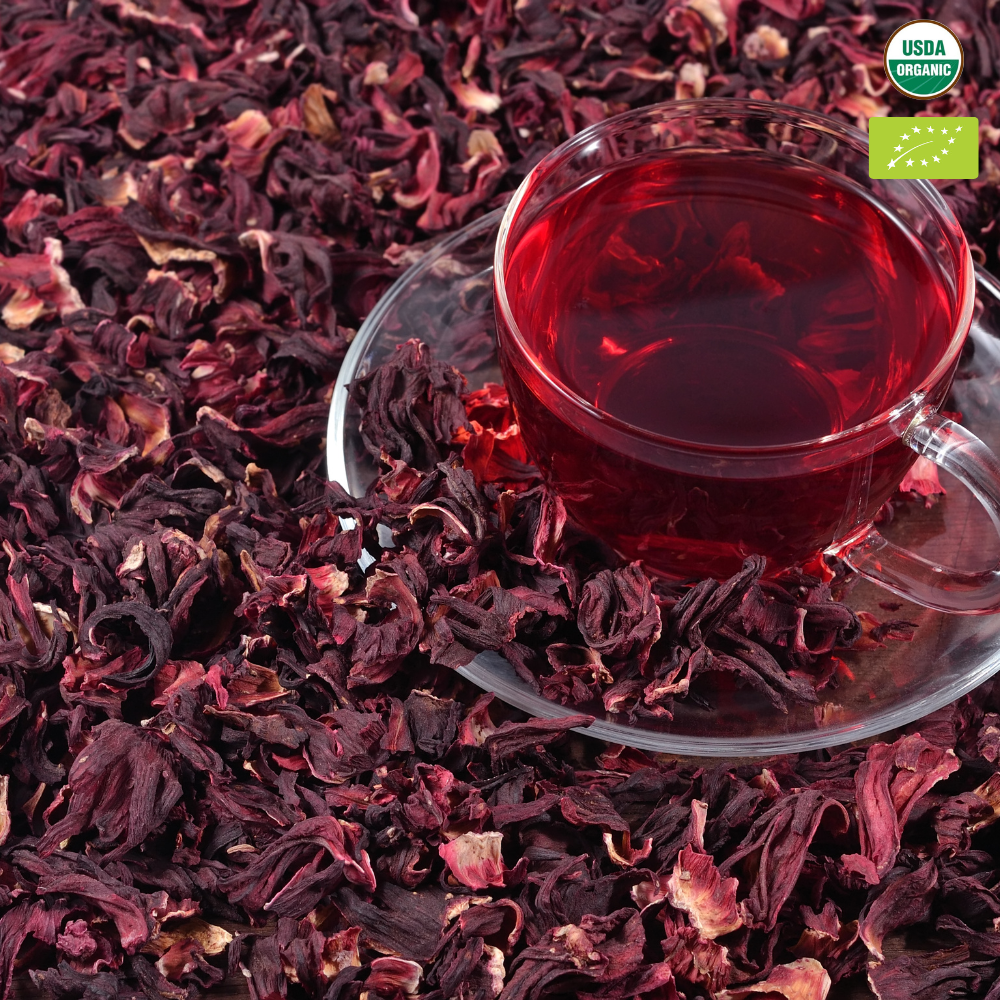
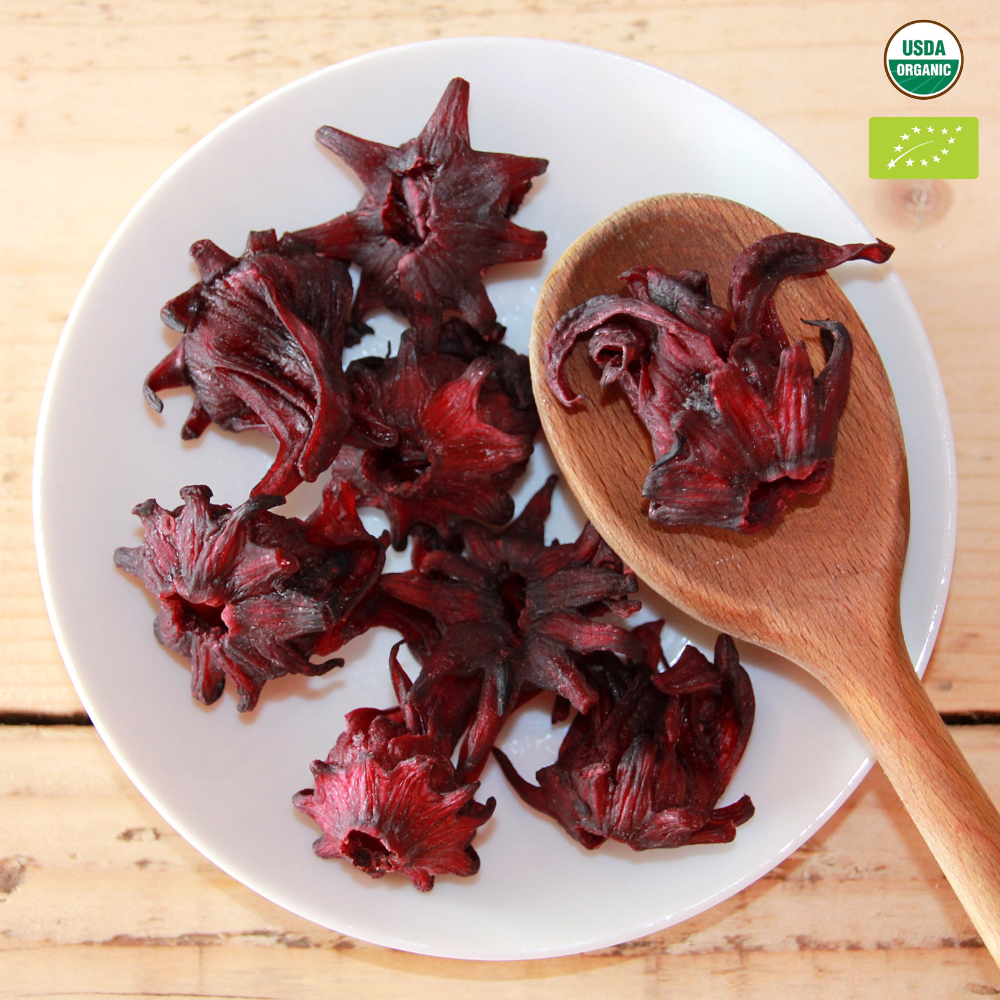
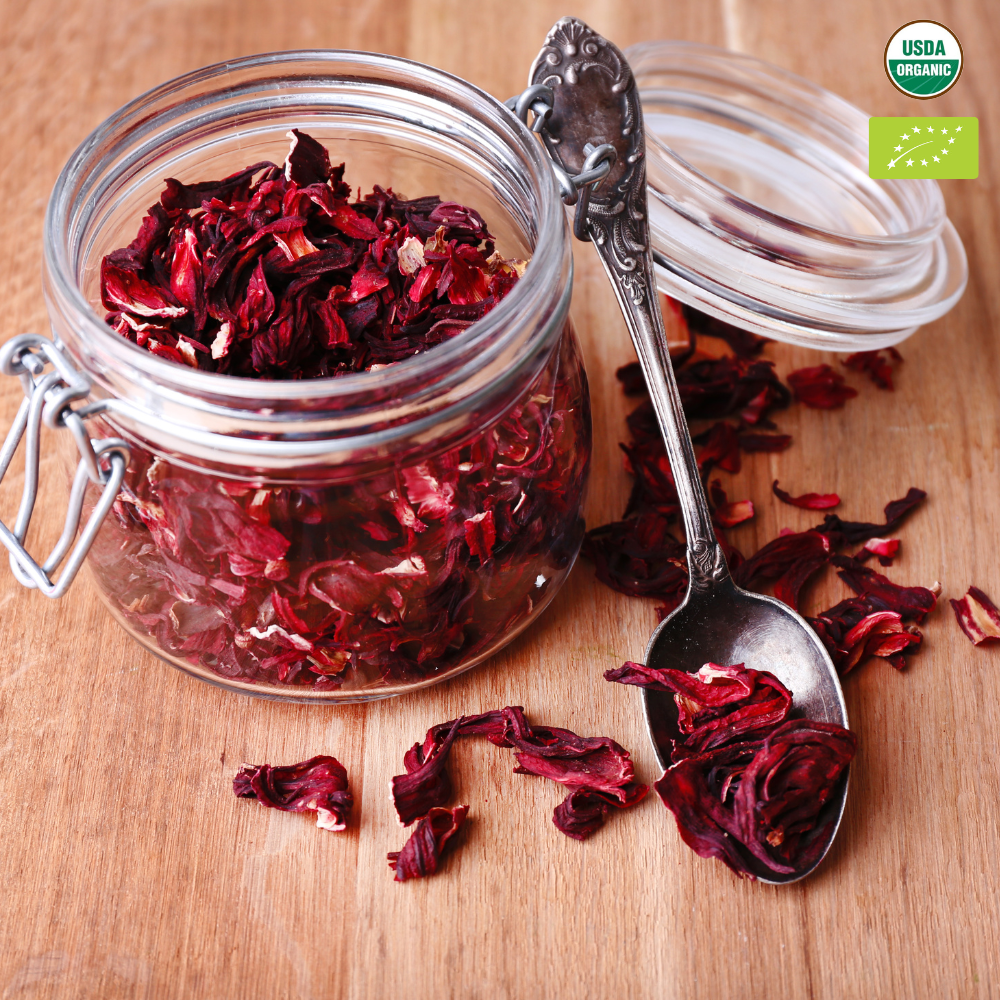

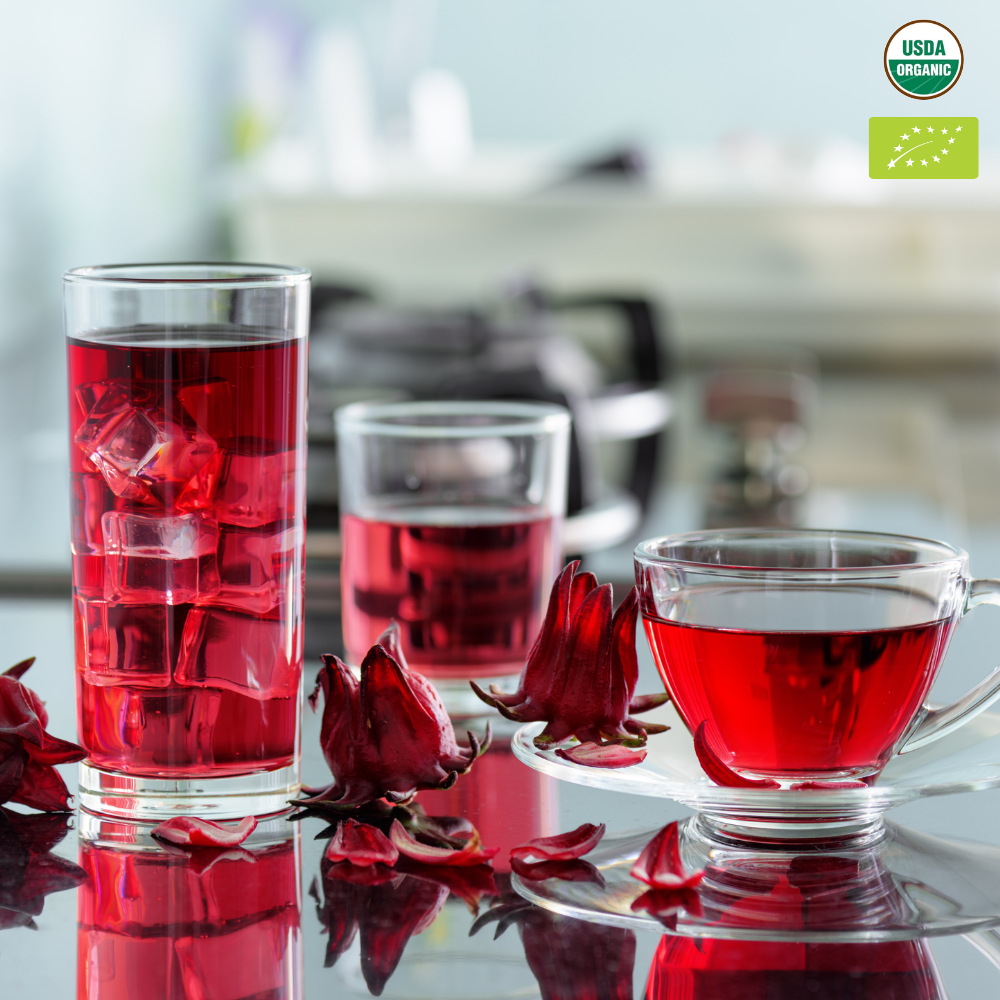

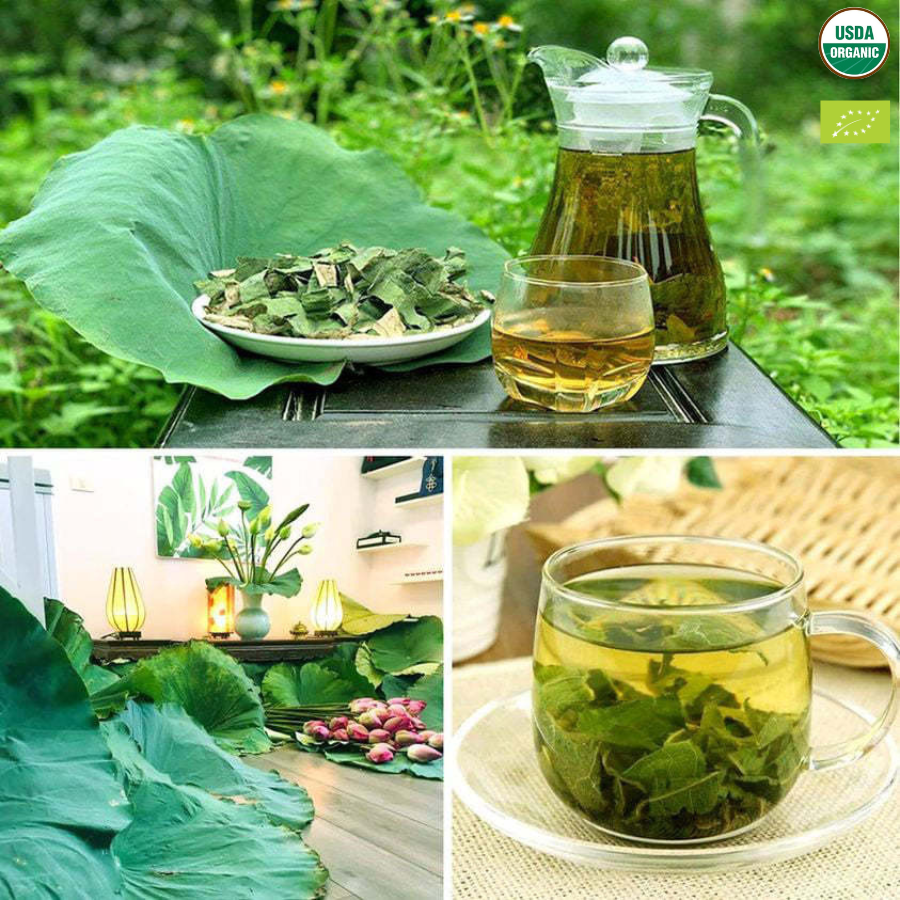
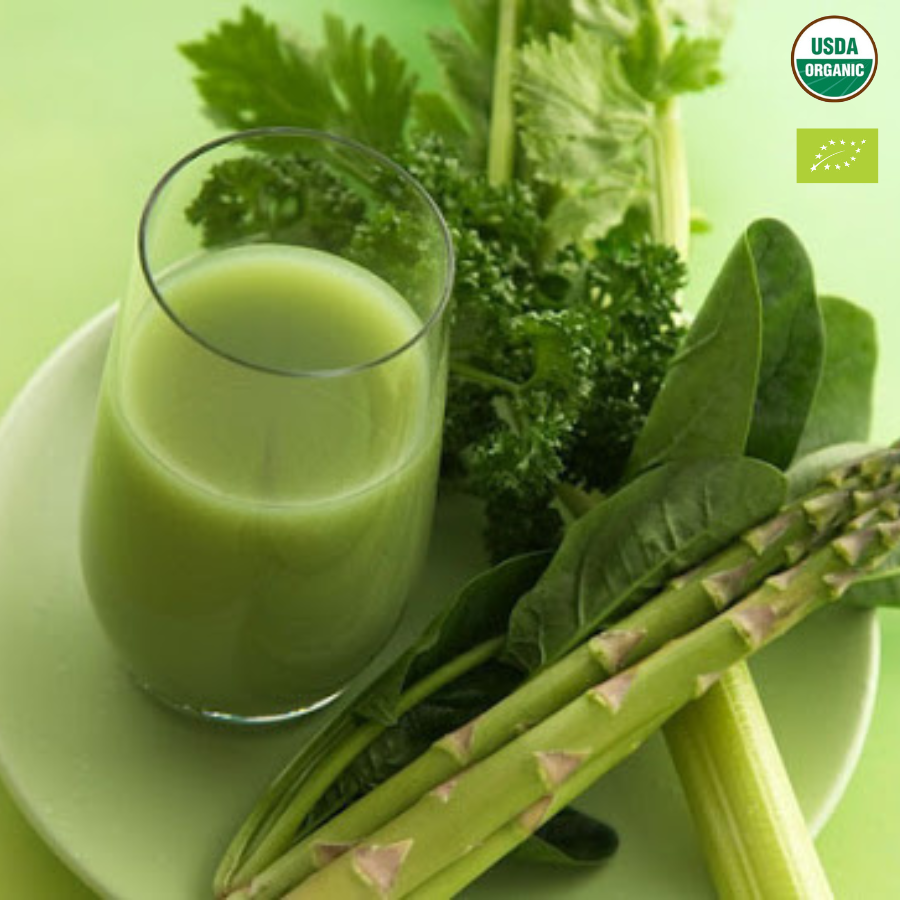
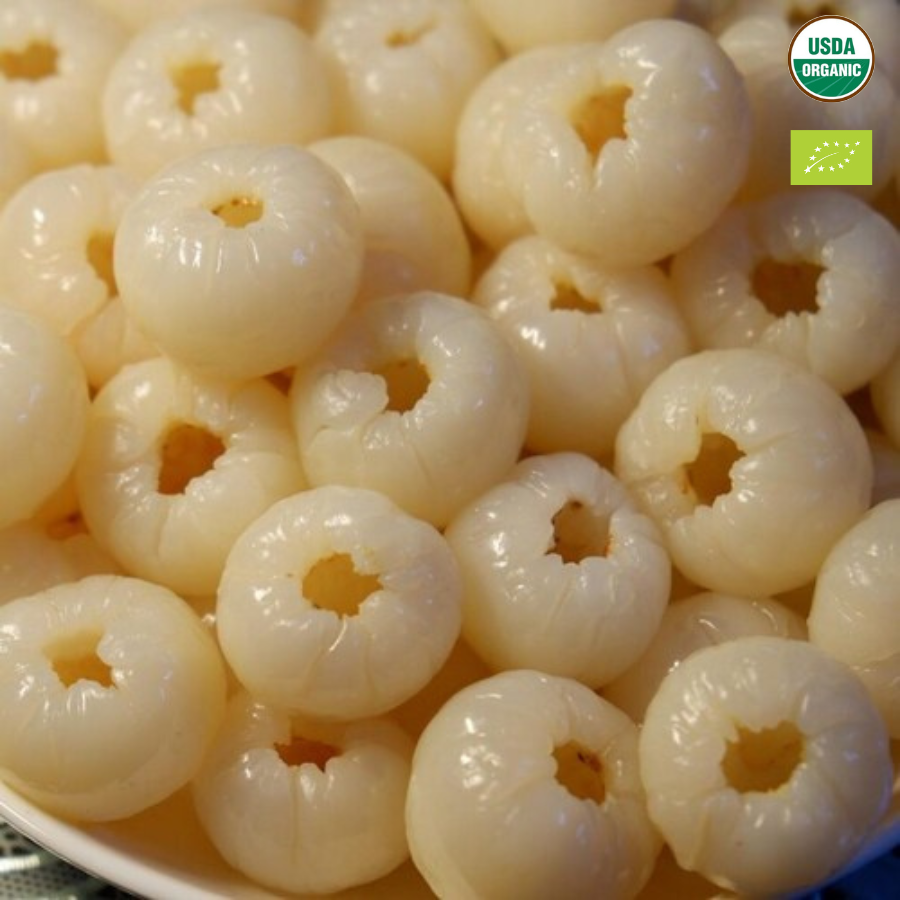

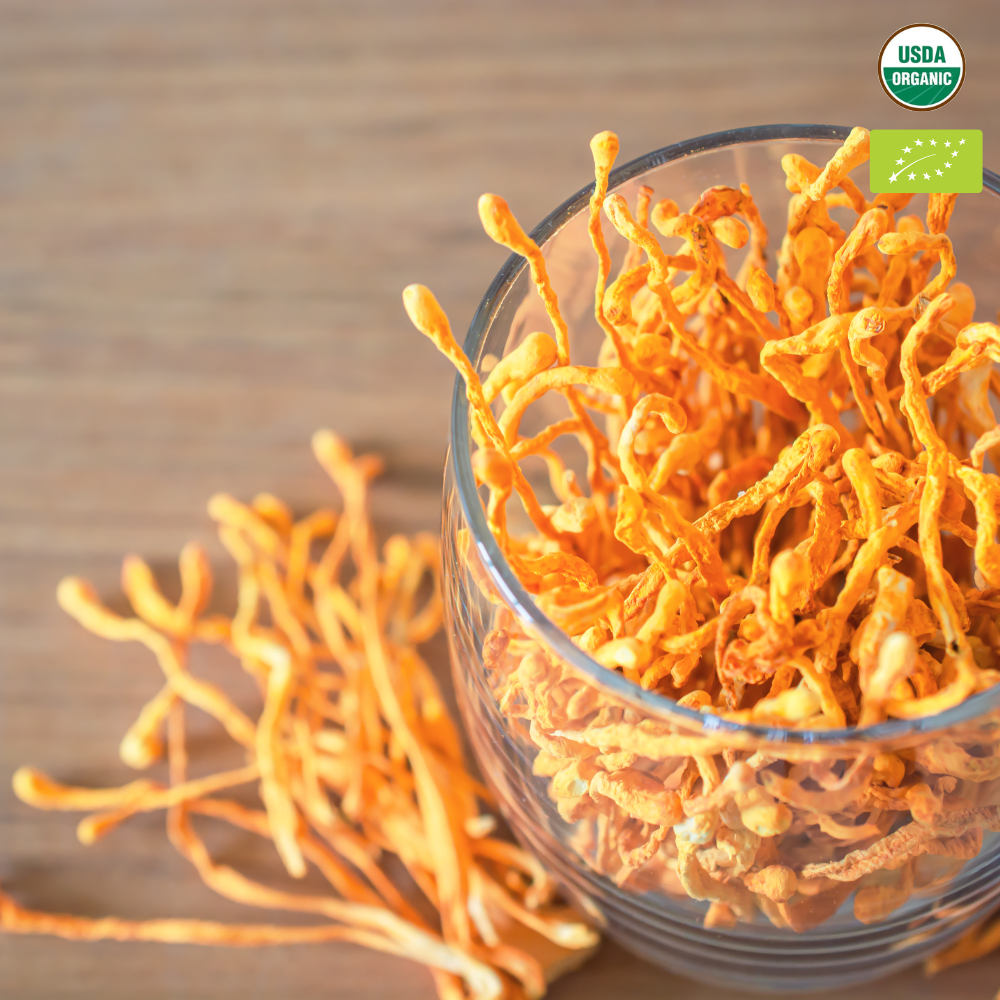





Reviews
There are no reviews yet.